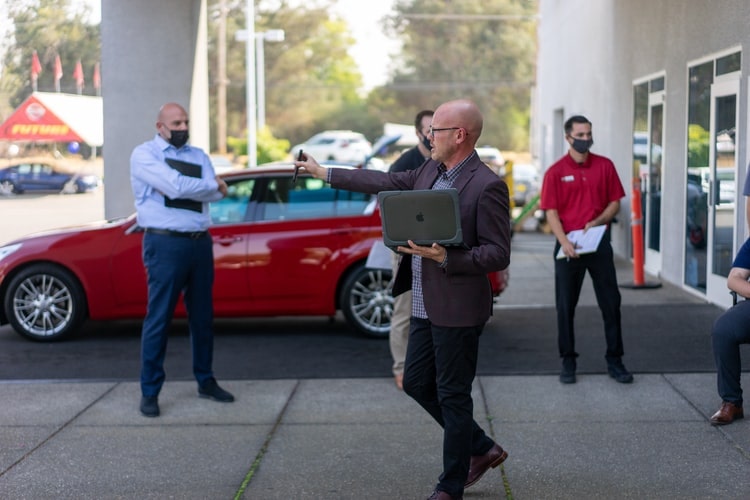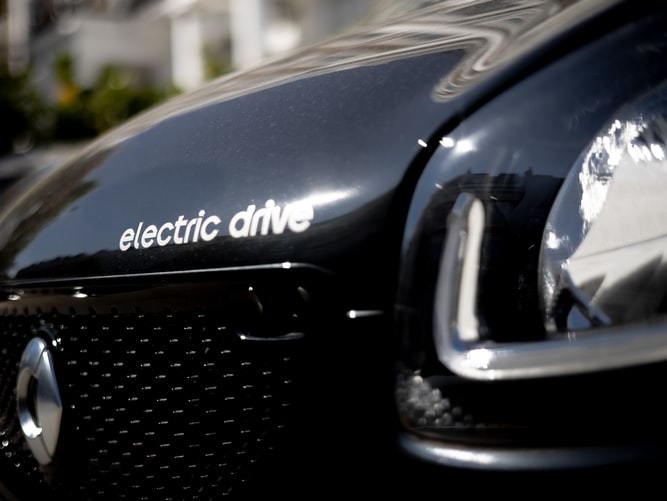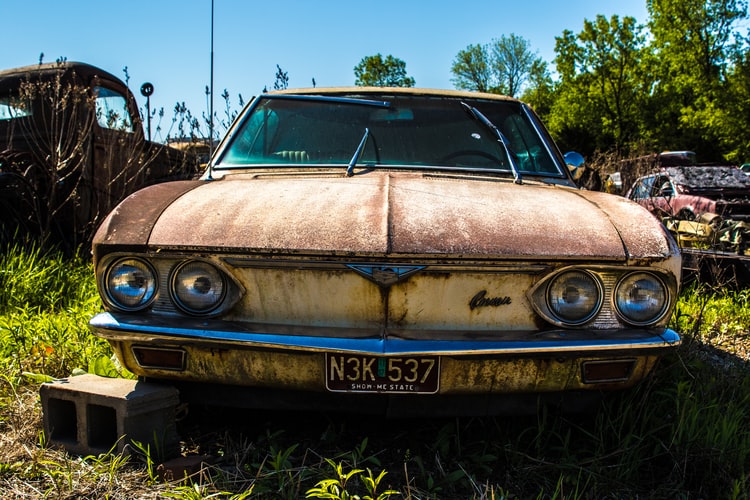
The social, environmental and economic adversities are closely related to the automotive business model, which is approximately linear. Product technology choice impacts materials and machinery are the highlights of determining the sustainable capacity of the industry. The economic pressure the automotive industry faces set one or two aspects of the industry to capture the totality of the end product.
The Economic Standpoint
High capital intensity and imbalance production of fixed costs entities leading to over-supplying on some products while under-supplying on others. The standardised models are often overly supplied resulting in the depreciation of value and scrapping of vehicles at their premature age.

The inflexible process of manufacturing the vehicles and the inability to adapt to new demands and switching to a more sustainable system resulted in the reduction of prices to alter the metal. New car sales are the sole driver of revenue which can be too much for the environment given the manufacturing stage impacts nature greatly.
The economy has difficulty in recovering investment due to the shorter lifetimes of new models. Such practice always leads to manufacturing substandard cars which will go to waste in no time.
Moreover, the break-even points in high capacity can increase the pressure of over-supplying and maintaining the broad logistics line to cater to every sales outlet.
Additionally, extensive distribution of supply systems often leads to longer delivery times. Which contributes to more carbon footprints. Also, manufacturers who invest in cheap manufacturing plants and sub-standard models results in producing general-purpose vehicles of which the life span is fleeting.
The Social Standpoint
The work in the automotive industry is task-based; thus, employment is unstable. Although there are plants that offer flexible working arrangements, in the more established industrial areas, plant closures continue to progress leading to negative impacts on the livelihood of the locals. The key problem in the current landscape of the automotive industry is the large coverage of the plants in terms of work and wealth which is focused on specific locations rather than decentralising them. Thus, the agglomeration of economies leads to the depopulation of the rural areas while over-crowding in the urban areas.

The Environmental Standpoint
In a traditional sense, the most counted environmental impact of cars came from the toxic emissions coming from the exhaust. However, the manufacturing process is often ignored of which, in reality, it contributes more than the toxic from the exhaust. The long and systematised process of manufacturing cars burdens the planet in many ways. The proper disposal of cars, which ideally, should be salvaged to promote a circular economy and the material consumption in manufacturing it plays a huge role in diminishing the planet.

The over-production of supply is another issue that adds up to the damage to our planet. The automotive industry has the largest single manufacturing sector on a global scale. It consumes major raw material supply which is roughly at 16% in terms of steel use while 40% of high-grade wide strip steel are consumed for more expensive cars. Additionally, 30% of the total supply of aluminium worldwide go to the automotive industry while 5% of plastic are also embedded in the finished product. All of these raw materials are recyclable but only a minimal percentage are recycled and put back into the economic cycle. Mostly, these materials are downcycled or thrown away. So, do not contribute to any more threats to the planet, and drive a sustainable car.


